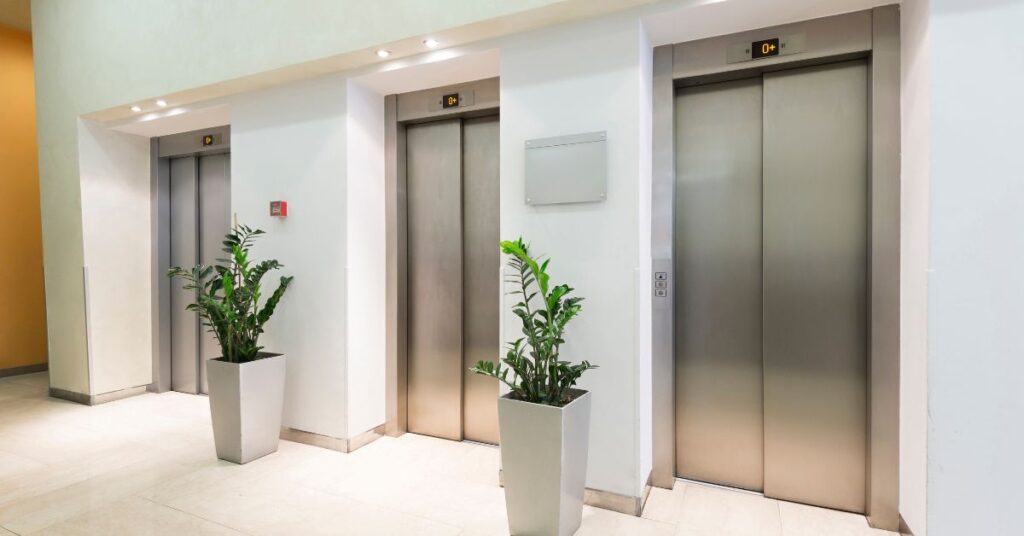Keep Elevators Connected With POTS Line Replacement

Table of Contents
POTS lines in elevators are vital for securing immediate help during emergencies. When connected, they ensure that passengers can communicate with service providers or first responders effectively and efficiently. For years, their reliability and simplicity have made them a staple in elevator communication systems.
With technological advancements, the communication landscape is rapidly changing. POTS lines have become obsolete thanks to FCC POTS Lines Forbearance Order 19-72A1. This forbearance necessitates that businesses consider alternatives to maintain effective communication lines in their elevators.
Why POTS Replacement is Necessary For Elevators
The necessity to replace POTS lines in elevators arises due to a variety of compelling reasons. Understanding these factors is essential as it helps building owners and management companies make informed decisions regarding the modernization of elevator communication systems.
Modernization and Technology Upgrade
The world is witnessing a technological revolution where digital communication is becoming the norm, and traditional telephony services are becoming antiquated. In light of these advancements, modernizing elevator communication systems is imperative. Upgrading from POTS lines to more advanced and reliable alternatives improves communication efficiency and ensures the systems are future-proof. This transition to modern technologies guarantees that elevator communication is in sync with the times, offering faster and more secure connections.
Discontinuation of POTS Services
As the world moves towards more advanced and versatile communication solutions, many service providers are phasing out POTS services. This gradual discontinuation means that support and maintenance for these lines will eventually cease, leaving users with no option but to seek alternatives. Replacing POTS lines ahead of time is a proactive approach to avoid being caught off guard when these services are eventually terminated completely.
Aging Infrastructure
Over time, POTS lines, like all infrastructure, degrade and wear down. The aging of these traditional telephone lines inevitably leads to a reduction in their performance and reliability. With the crucial role of POTS lines in ensuring safety through communication in elevators, any compromise in their functionality can be a serious concern. In instances where the lines are old, and the quality of communication is noticeably diminishing, replacement isn’t just an option; it’s a necessity.
Cost-Effectiveness
Although it might initially seem unnecessary, replacing POTS lines can be economically wise in the long run. Newer communication technologies often offer more value for money, providing superior services at comparable or even lower costs. Additionally, with many providers discontinuing POTS, the costs of maintaining these lines have skyrocketed due to their scarcity, making them an impractical option for long-term planning.
Compliance with Regulations and Standards
With the evolution of technology, regulatory bodies often update the standards and codes related to various services. Elevator communication systems are no exception. Replacing outdated POTS lines might be mandatory to ensure the elevator communication lines comply with the current regulations and standards. Compliance is not just about adhering to the law; it’s about ensuring that the communication systems are at par with the safety and efficiency standards deemed necessary by the authorities.
Replace POTS Lines In Your Elevator Today!
Given the combination of aging infrastructure, the need for modernization, discontinuation of POTS services, economic considerations, and compliance requirements, replacing POTS lines in elevators is not just advisable but often necessary. Transitioning to newer and more reliable communication technologies ensures that the safety and efficiency of elevator communications are maintained at optimal levels, safeguarding the well-being of passengers and meeting the operational needs of building management effectively.
